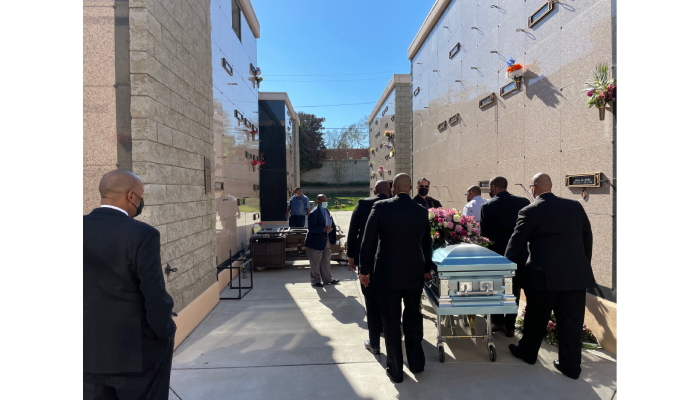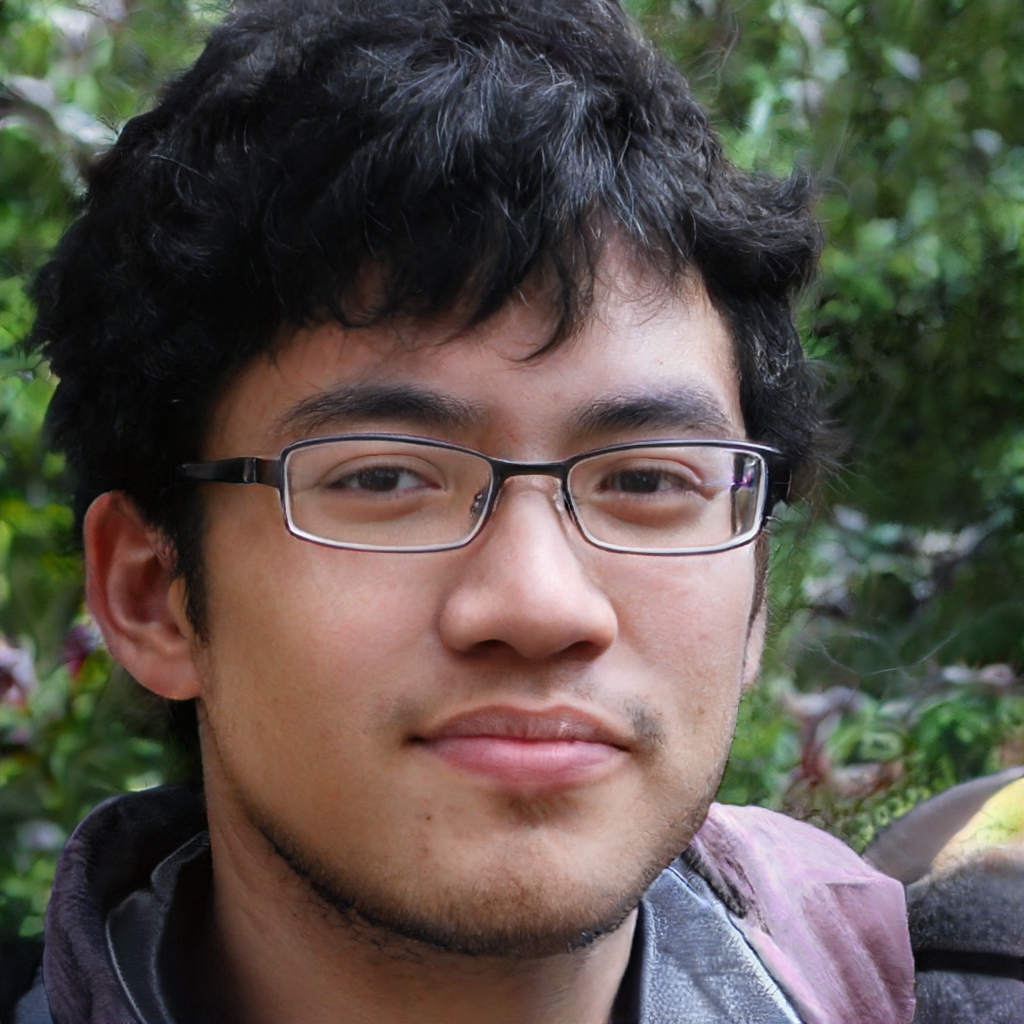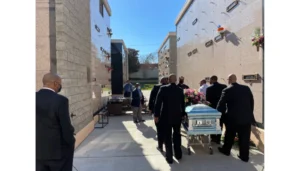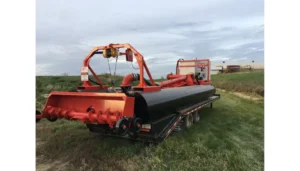The Role of Family and Community in Iranian Burial Rituals and Mourning Practices
Iranian burial rituals involve family-led body preparation and community support through funerals and gatherings, fostering connection and cultural identity during grief.

In Iranian burial rituals, family and community play important roles that bring people together in times of loss. The family is mainly responsible for preparing the body according to religious customs, ensuring respect is shown throughout the process. Community members often come to support by attending funerals and offering condolences, which helps soothe the grief felt by close relatives. Mourning practices usually include gatherings where stories about the deceased are shared, creating a sense of connection among those left behind. These traditions emphasize solidarity and help maintain cultural identity during difficult moments. Overall, these rituals highlight how both family bonds and wider social ties are key in coping with death.
Family Roles in Preparing the Body for Burial
In Iranian burial rituals, family members play a central role in preparing the body for burial, a process marked by deep respect and careful attention. Typically, close relatives wash and dress the deceased according to local customs, often in the home or a designated place before the funeral. Elders usually oversee the preparations, assigning tasks to younger family members, which reinforces family hierarchy and shared responsibility. The body is often wrapped or shrouded by close relatives, with great emphasis on cleanliness and respectfulness throughout the process. Prayers or blessings may be recited quietly by family members as they work, providing spiritual comfort and a sense of connection. Emotional support is naturally exchanged among family members during this time, helping them cope with the loss together. Certain personal items or garments might be placed with the deceased by family members, reflecting cultural or religious significance. Gender and age often influence specific roles, with men and women taking on tasks that align with tradition, ensuring the body is properly prepared and ready for transport to the burial site.
Community Participation in Funeral Ceremonies
In Iranian burial rituals, community involvement plays a significant role in supporting the grieving family and honoring the deceased. Friends, neighbors, and other community members come together to attend prayers, vigils, or wakes, showing their respect and solidarity. Often, they help organize the event, managing logistics or preparing the funeral site, which lightens the burden on the family. Religious leaders or community elders usually guide these ceremonies, ensuring traditions are followed properly. Offering food, donations, or other forms of assistance is a common way for people to contribute. Sometimes, community members take turns guarding the body before burial, reflecting a collective responsibility. During the ceremonies, sharing memories or stories about the deceased strengthens social bonds and preserves the person’s legacy. Overall, this participation reinforces social ties and a shared sense of identity among community members, emphasizing that mourning is not only a personal experience but a communal one as well.
Mourning Practices and Their Social Functions
Mourning rituals in Iranian culture offer a clear structure for expressing grief, helping individuals navigate their sorrow in a socially recognized way. These practices bring family and community members together, reinforcing social bonds through shared loss. For example, specific dress codes such as wearing black or white signal participation in mourning and create a visible sense of unity. Public displays of sorrow vary, from quiet silence to crying or wailing, allowing people to express their emotions openly within culturally accepted boundaries. Certain days are often dedicated to visiting graves or holding memorials, reminding the community of their connection to ancestors and shared history. Mourning also sets a pace for resuming regular social activities, giving mourners time to adjust without pressure to immediately return to normal life. Differences in mourning customs can reflect gender, age, or social status, highlighting the complex social roles present in these rituals. Beyond emotional release, these practices acknowledge loss publicly, validating the mourner’s experience while emphasizing respect for communal values. In this way, mourning helps the community accept death as part of life, supporting both personal healing and social continuity.
Religious Influences on Burial Rituals
In Iranian burial rituals, religious beliefs play a central role in shaping every step of the process. The timing of the burial often follows religious guidelines, commonly taking place within 24 hours after death to honor spiritual traditions. Prayer and scripture recitations, typically from the Quran, are essential during the funeral ceremony, providing comfort and a sense of connection to faith for the mourners. Specific rituals such as ablution (washing the body) are performed according to Islamic practices, preparing the deceased for burial with respect and purity. Religious leaders or clergy usually guide these rituals, offering spiritual support and ensuring that traditions are properly observed. Dress codes for both the deceased and the mourners often reflect religious prescriptions, with simple white shrouds for the body symbolizing purity and humility. Items like prayer beads or religious texts may accompany the body, reflecting the deceased’s faith. Islamic law, which predominates in Iran, generally prohibits cremation, emphasizing burial as the respectful method of handling the dead. Beyond the funeral, faith communities continue to provide emotional and spiritual support to the bereaved, often gathering during religious festivals or anniversaries to remember and honor the deceased, reinforcing communal bonds through shared faith.
Traditional Customs in Iranian Mourning Periods
In Iranian culture, mourning is marked by a formal period called Chehelom, lasting 40 days after a death. During this time, families come together for ceremonies that include prayer, Quran recitation, and sharing food with visitors. Wearing black or dark clothing is a common way to show respect and grief. Public displays of sorrow, such as chest beating and crying at funerals, are also part of traditional mourning. Special remembrance rituals take place on specific days like the 3rd, 7th, and especially the 40th day, reinforcing the community’s connection to the deceased. Women often take a leading role in organizing these gatherings, where traditional mourning songs called Noha might be performed to express collective sorrow. Hospitality is important throughout the mourning period, with families welcoming visitors and offering food and drink as a sign of respect and support. Reading the Quran and giving alms are customary acts to honor the memory of the lost individual. These practices help strengthen family bonds and keep the memory of loved ones alive within the community.
The Impact of Modern Changes on Ritual Practices
Urbanization has significantly reshaped how funerals and mourning are conducted in Iran. As families become smaller and more dispersed, the number of people actively participating in traditional rituals often decreases. This shift is noticeable in cities where busy lifestyles lead to shorter or simplified ceremonies. Modern transportation and communication tools help organize funerals more efficiently, sometimes allowing attendees to join remotely through video calls, a practice that has grown especially during times of travel restrictions or health concerns. Legal regulations around burial and public health also influence how some customs are observed, occasionally leading to adaptations that balance tradition with safety. Younger generations tend to question or modify certain rituals to better fit contemporary values, blending old customs with new approaches. Commercial funeral services have taken over many tasks once handled by families, such as body preparation and burial arrangements, which changes the personal nature of these rites. Additionally, media and social networks now play a role in sharing grief publicly, offering new ways for communities to connect but also altering the private, intimate aspect of mourning. Overall, Iranian burial practices today reflect a mix of respect for heritage and responses to modern realities.
Expressions of Grief Within the Family
In Iranian families, grief is expressed in many different ways, reflecting the diversity of personal feelings and roles within the family unit. Some may openly cry, while others may choose silence or speak softly about the deceased, each way shaped by age, gender, or personality. For example, elders might hold back tears to appear strong, while younger members might openly share their sorrow. Often, certain family members take on caretaker roles, offering emotional support to others who struggle more with the loss. Sharing stories and memories becomes a common way for families to connect and process their grief together, helping keep the memory of the deceased alive. Physical gestures, such as hugging or holding hands, are frequent among close relatives, offering comfort without words. However, the variety in how grief is shown can sometimes cause tension, especially if some believe others are not mourning ‘properly.’ Children may express their sorrow differently, sometimes seeming detached or confused, which requires extra care and understanding from adults. Family gatherings often turn into moments of collective emotional release, where the shared presence helps ease individual pain. Additionally, some family members may turn to private practices like journaling or prayer to cope quietly. Over time, the way grief is expressed changes, with some adjusting sooner while others take longer, reflecting the personal nature of mourning within the family.
The Role of Children and Younger Generations in Mourning
In Iranian burial rituals and mourning practices, children and younger generations play a meaningful role that balances respect for tradition with their own emotional needs. They are often included in mourning ceremonies in ways suited to their age, such as helping with simple chores or assisting elders during specific rituals. This participation allows them to learn the customs firsthand and understand the cultural significance of mourning. Adults carefully observe children’s reactions to loss, providing support to help them process grief in a healthy way. Younger family members also bring new perspectives to coping, sometimes questioning or gently adapting traditional practices to fit modern sensibilities. Their involvement in storytelling or preserving memories of the deceased helps keep family history alive and strengthens bonds across generations. In some Iranian communities, the presence of children is thought to bring spiritual blessings during mourning, symbolizing hope and continuity. Overall, engaging younger generations in mourning rituals not only supports their emotional development but also ensures that cultural values and family unity endure through time.
Frequently Asked Questions
1. How does the family participate in traditional Iranian burial rituals?
In Iranian culture, family plays a central role in burial rituals by preparing the body, reciting prayers, and organizing ceremonies. They often perform specific rites at home and at the gravesite, ensuring the deceased is honored according to religious and cultural customs.
2. What role does the community have during mourning periods in Iran?
The community supports the grieving family by attending memorial gatherings, offering condolences, and sometimes providing food and assistance. Their presence helps create a collective sense of comfort and shared remembrance during the mourning period.
3. Why are communal prayers and gatherings important in Iranian mourning practices?
Communal prayers and gatherings bring people together to honor the deceased and help the family cope with loss. They strengthen social bonds and express collective grief, which is believed to aid the soul’s journey and provide emotional support to mourners.
4. How do Iranian burial customs reflect the values of family and community?
Iranian burial customs emphasize respect, care, and unity. They show how family members take responsibility for honoring their loved ones, while community involvement highlights the interconnectedness and support system valued in Iranian society during times of sorrow.
5. Are there specific rituals that involve both family and the wider community in Iranian mourning?
Yes, rituals like the “Chehelom” (fortieth day memorial) often involve both family and community members coming together to remember the deceased. These events include prayers, recitations, and shared meals, symbolizing ongoing spiritual support and collective remembrance.
TL;DR This blog explores how family and community shape burial rituals and mourning in Iran, highlighting family roles in body preparation, community involvement in funerals, and social functions of mourning. It also covers the influence of religion, support from relatives and neighbors, traditional customs, and shifts due to modern changes. The post discusses how grief is expressed within families, the importance of collective memory, and the role younger generations play in keeping these practices alive.
Resource URL:
https://en.wikipedia.org/wiki/Mass_graves_in_Iran
https://www.farringtonmortuary.com/iranian-burial-service

Lyle Vasquez is a technology blogger based in Connecticut. He has been passionate about technology since early childhood when he used to take apart and rebuild computers in his parent’s garage. Lyle’s tech-related blog posts are written to help others learn how to use the latest technology tools and devices. He loves to find new ways to integrate technology into everyday life. Lyle is a great resource for tech enthusiasts looking to stay up to date on the latest technologies.





